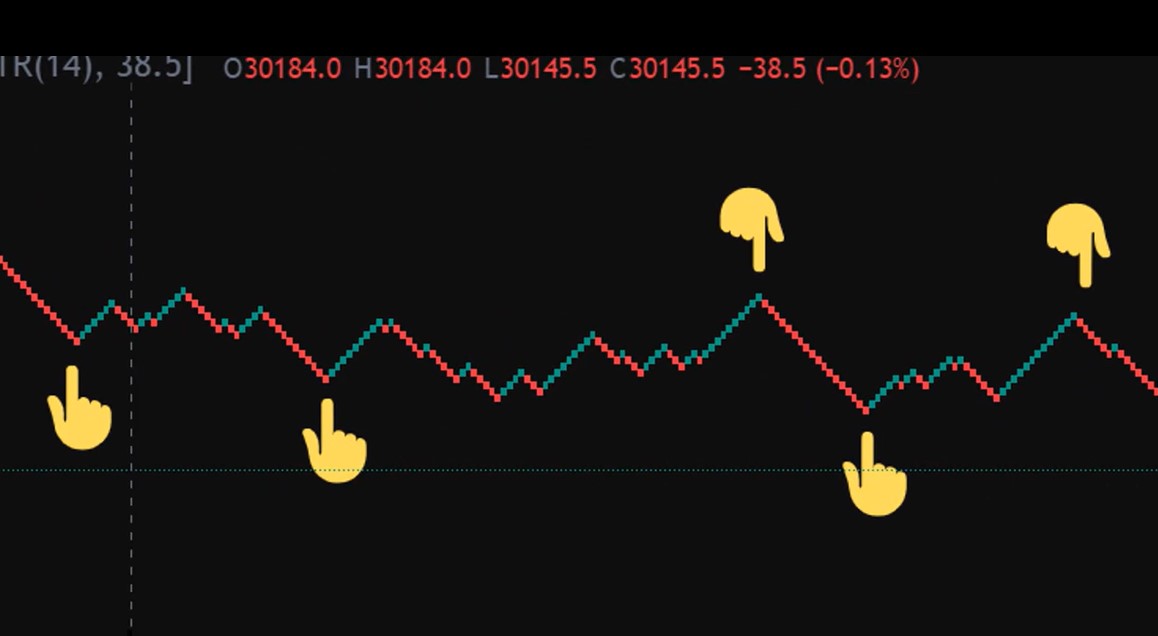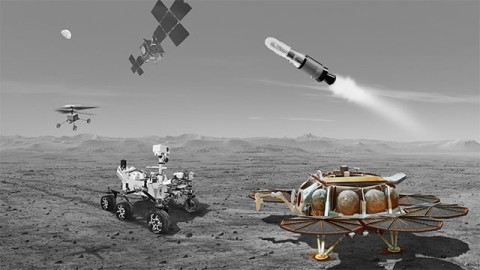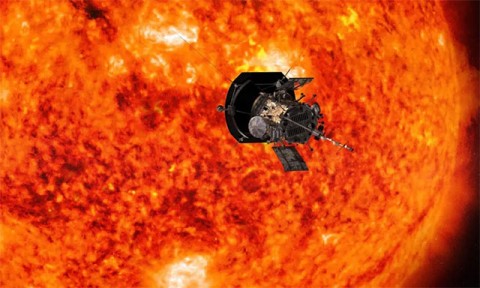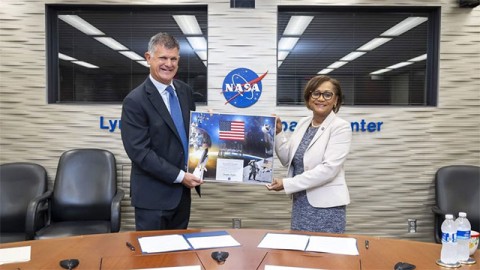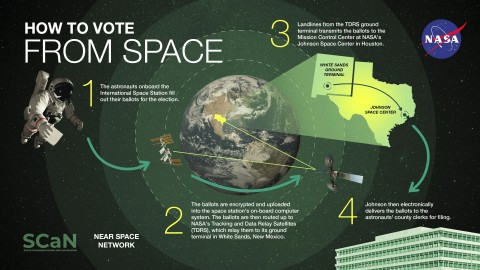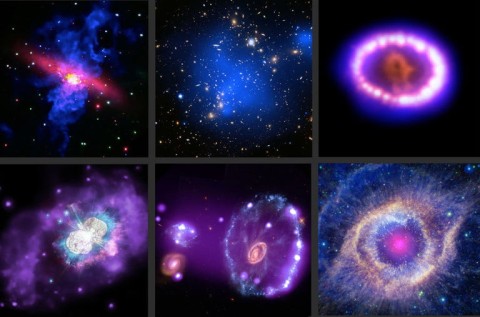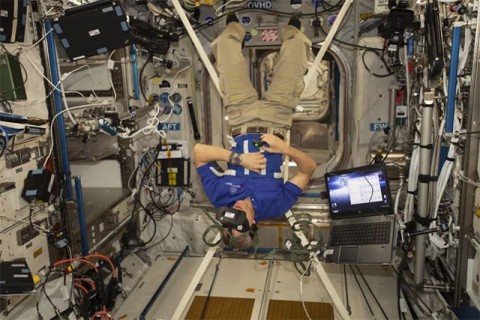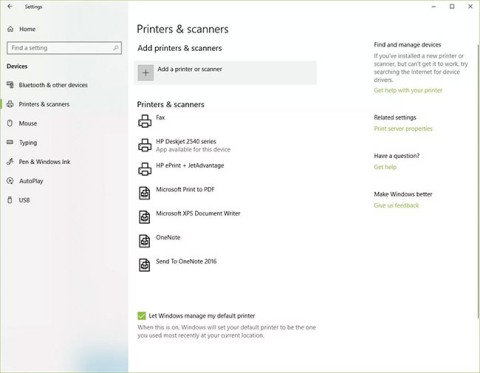NASA has successfully launched a deep space research mission — exploring Jupiter's famous icy moon and studying whether the planet is potentially habitable.
The Europa Clipper mission launched aboard a SpaceX Falcon Heavy at 12:06 p.m. ET on Monday, October 14, from Launch Complex 39A at the Kennedy Space Center in Florida. The spacecraft has now begun its long journey toward the Jupiter system.
“ Today, we begin a new journey across the solar system in search of the ingredients for life inside Jupiter’s icy moon. The next chapter in our space exploration has begun ,” NASA Administrator Bill Nelson said of the Europa Clipper mission in a press release.

More specifically, the mission is aimed at exploring Jupiter’s moon Europa. The planet is particularly interesting to astrobiologists because it hosts an ocean of liquid water. However, the ocean is not on the moon’s surface — and because Europa is so far from the sun, it’s hidden beneath a crust of ice about 10 to 15 miles thick.
Past missions like Galileo orbited Europa and took data from the planet for a long time, but that effort ended in 2003. Since then, Europa has only been explored by flyby missions, not very thoroughly.
Intensive research of the moon Europa will officially resume in 2030 — the Europa Clipper spacecraft will reach the planet's approach position.
Europa Clipper will study Europa's icy crust to determine exactly how thick it actually is, and will also examine the ocean environment below to see if materials called organic compounds — the building blocks of life — exist.
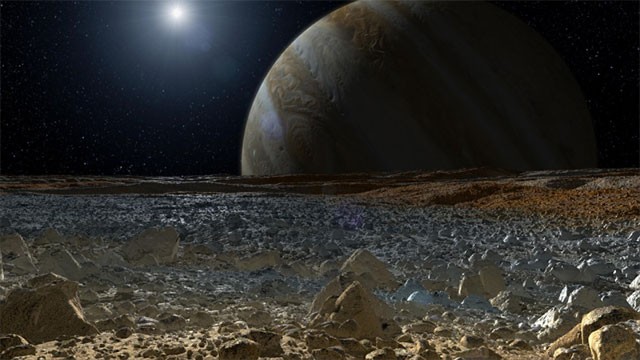
While the mission does not expect to find evidence of full-fledged life on Europa, scientists are interested in knowing whether the necessary elements for life to form are present. This will help to better understand which places in our solar system and beyond are likely to harbor life.
Other icy moons like Saturn’s Enceladus are also known to have huge plumes on their surfaces, in which material from the subsurface oceans is released through the ice and thrown into the air above the moon’s surface. It’s not yet clear whether Europa has these types of plumes, but to study this alien environment from orbit, Clipper will fly close to the surface and take small samples of the material that’s ejected.
The mission has now made contact with ground control and is safely on its way to Jupiter on its 2.9 billion kilometer journey. It will use the gravity of other planets to accelerate along the way, flying past Mars and Earth before making a “high jump” to reach its destination.



